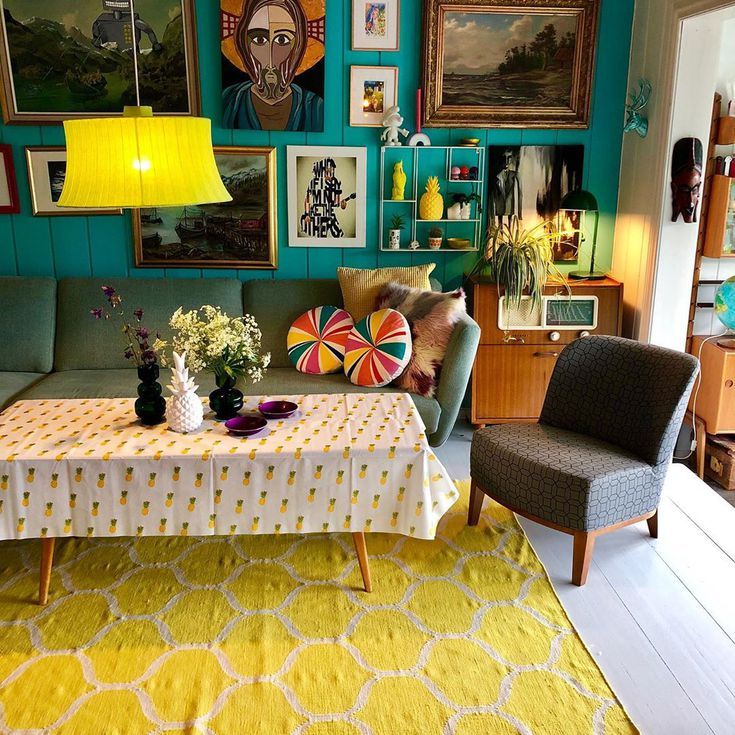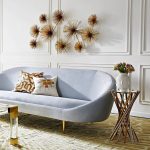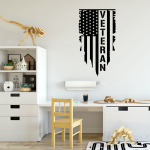The 1970s were a pivotal decade in the evolution of home decor. Influenced by cultural shifts, economic changes, and emerging design philosophies, the era introduced distinctive color palettes and patterns that have left a lasting mark on interior design. From bold colors to innovative materials, the 70s reflected the spirit of freedom, experimentation, and individuality. This article will explore the key elements of 70s home decor, focusing on the color palettes and patterns that defined the era.
The Cultural Context of the 1970s
A Time of Change
The 1970s were marked by significant cultural and societal changes. The counterculture movement of the late 1960s continued to influence the designs of the following decade. People sought freedom and self-expression, leading to a more relaxed attitude toward home decor. Traditional design elements were challenged, giving way to new styles that reflected personal tastes.
During this era, various influences, such as the rise of environmental awareness, the women’s liberation movement, and the increasing popularity of non-Western design, shaped domestic interiors. Home decor became an extension of personal identity and a way to express political beliefs and lifestyle choices. This environment encouraged experimentation with color, pattern, and materials, resulting in unique and memorable interiors.
Eco-Consciousness Begins
As eco-consciousness began to rise in the 70s, it influenced not only social and cultural movements but also home design. People became more aware of environmental issues and began to appreciate natural materials and sustainable design practices. This shift toward incorporating organic elements into home decor also defined the aesthetics of the decade.
Designers started using materials such as wood, stone, and fabric that connected the interiors to nature. Earthy tones entered the color palettes, reflecting this growing appreciation for natural beauty. As the decade progressed, these ideas set the stage for a more holistic approach to design that emphasized comfort and sustainability.
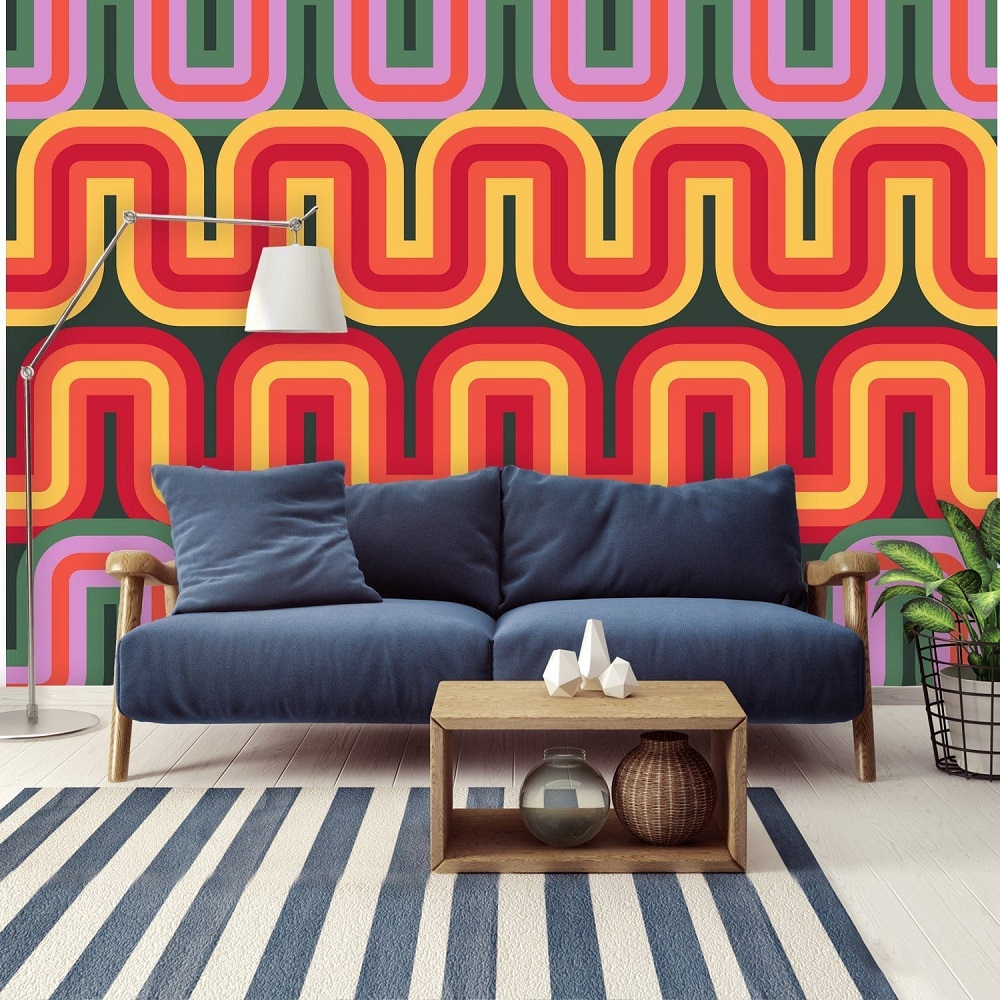
Bold Color Palettes
Vibrant Earth Tones
In the 1970s, color palettes shifted dramatically from the bright hues of the 1960s to richer, warmer earth tones. Shades like avocado green, mustard yellow, burnt orange, and rust became popular choices for walls, furniture, and accent pieces. These colors created a cozy atmosphere, encouraging a connection to nature and the outdoors.
Many homes featured these vibrant earth tones in kitchens and living spaces. For instance, avocado green appliances became a staple in many households, adding a distinctive flair to kitchens. The earthy color palette encouraged homeowners to embrace warmth and familiarity, making spaces inviting and comfortable.
Contrasting Bold Accents
While earthy tones dominated the 70s, bold accents were also crucial in defining the decor. Bright colors like hot pink, deep purple, and electric blue played significant roles in textiles, wall art, and decor items. The contrast between earthy base colors and bold accents added complexity to interiors, providing visual interest.
Accent walls painted in vibrant hues, alongside patterned wallpapers, created striking focal points in rooms. Decorators often used contrasting colors to achieve a playful, energetic feel within the home. This dynamic interplay of colors reflected the spirit of the era, combining comfort with excitement in interior design.

Patterns That Captured the Era
Floral and Botanical Patterns
One of the most iconic trends of the 1970s was the use of floral and botanical patterns. Wallpaper, fabric, and upholstery often featured large, bold floral designs that added a sense of vibrancy to interiors. These patterns were popular in both residential and commercial spaces, representing the era’s love for nature and organic shapes.
Floral patterns transcended traditional design boundaries, often appearing in unexpected places. For example, brightly patterned curtains, bedspreads, and cushions were common in living rooms and bedrooms. Botanical motifs brought a sense of freshness and liveliness to spaces, creating an inviting atmosphere.
Geometric Designs
Alongside floral patterns, geometric designs also gained popularity during the decade. Bold shapes and patterns, including stripes, circles, and squares, adorned furniture and decor items. Geometric motifs added a modern touch to interiors, reflecting the era’s fascination with innovation and change.
These patterns often featured contrasting colors, enhancing their visual impact. Geometric designs appeared in wallpaper, area rugs, and even ceramic tiles. The striking nature of these patterns provided energy and creativity to spaces, often creating a playful atmosphere.

Textiles and Fabrics in the 70s
Plush and Textured Fabrics
The 1970s saw a significant change in fabric choices for home decor. Textiles became bolder, heavier, and more textured. Fabrics such as corduroy, velvet, and faux fur were popular choices for upholstery and accessories. These materials offered comfort and captured the cozy vibe of the decade.
The warm, plush textures invited comfort into homes and were often used on sofas, chairs, and cushions. The tactile quality of these fabrics made them excellent choices for creating a welcoming environment. Homeowners enjoyed lounging in plush settings, further enhancing the sense of relaxation associated with 70s home decor.
Macrame and Woven Elements
Macrame became a trendy craft during the 70s and found its way into home decor in various forms. From wall hangings to plant holders, macrame added an artistic touch to interiors. These woven elements highlighted the era’s commitment to craftsmanship and handmade items.
Woven textiles complemented the natural, earthy aesthetics prevalent in 70s design. Natural fibers like jute and sisal were often used in rugs and decorative elements, adding warmth and texture to spaces. This focus on handmade craftsmanship tied into the broader cultural currents of the era, emphasizing individuality and authenticity.
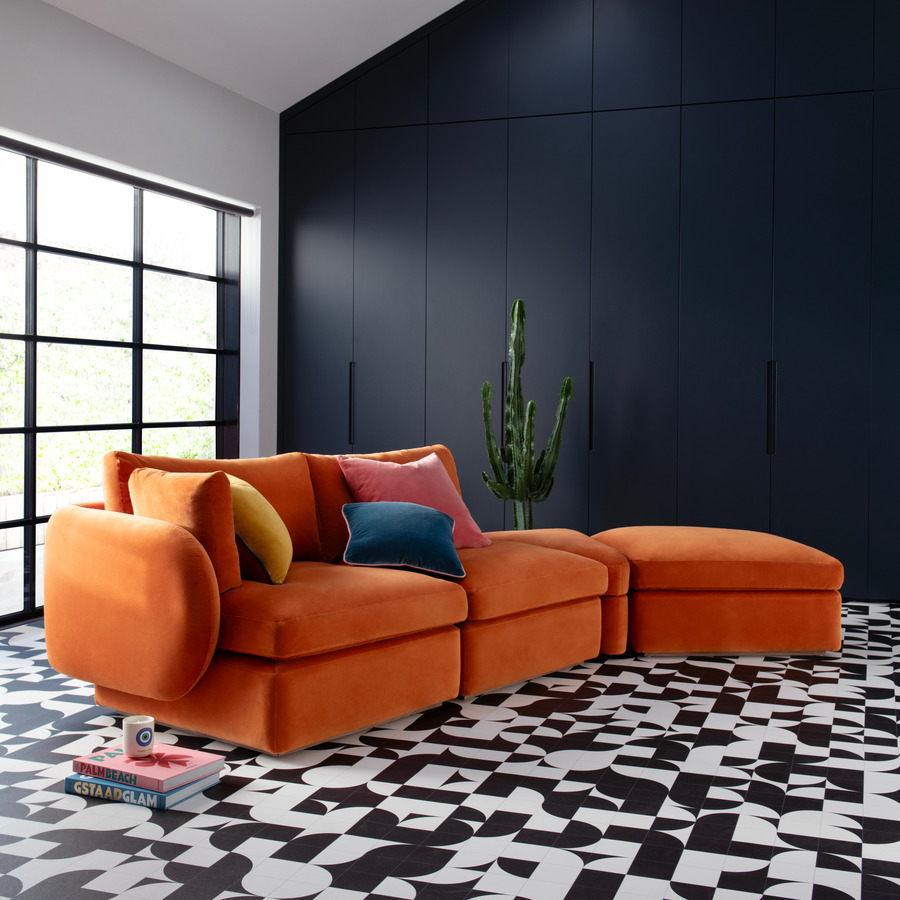
Furniture Styles of the Era
Low, Comfort-Driven Designs
The furniture styles of the 1970s reflected the relaxation and informality of the decade. Low-profile sofas and chairs became popular, encouraging a laid-back approach to living spaces. Furniture design prioritized comfort, with many pieces featuring soft cushions and inviting shapes.
Modular furniture was also a key trend. These versatile designs allowed homeowners to rearrange their spaces according to their preferences and needs. This flexibility correlated with the desire for adaptability and individuality, making it easier for people to express their personal style within their homes.
Bold Shapes and Functional Forms
Innovative design was a hallmark of 70s furniture. Bold shapes and unexpected forms characterized many pieces, reflecting the spirit of experimentation. Items like bean bag chairs and sculptural coffee tables became iconic representations of 70s design.
These striking pieces served both aesthetic and functional purposes. They encouraged a relaxed environment where form and function blended seamlessly. The creativity seen in furniture design during this era set the stage for later trends and continues to influence contemporary styles.

Lighting and Decorative Elements
Funky Lighting Fixtures
Lighting played a crucial role in 70s home decor. Unique and unconventional lighting fixtures became popular, transforming the atmosphere of interiors. Pendant lights, disco balls, and floor lamps with sculptural designs added personality and flair to living spaces.
These lighting elements often incorporated bold colors and intricate shapes, complementing the overall aesthetic of the era. By using distinctive lighting fixtures, homeowners could enhance mood while showcasing their personal style. The emphasis on playful, eye-catching designs created spaces that felt vibrant and alive.
Artwork and Wall Decor
Artwork and decorative elements flourished during the 70s, further contributing to the unique character of interiors. Large-scale paintings, abstract art, and macrame wall hangings were widely used to create striking focal points. Wall decor often featured bright colors and bold patterns, aligning with the overall aesthetic of the decade.
Posters and wall decals also gained popularity, allowing people to personalize their spaces easily. Many individuals embraced the opportunity to showcase their tastes and interests through the visual elements present in their homes. The creativity observed in wall decor during the 70s helped shape a distinct and memorable style.
The Legacy of 70s Home Decor
Influence on Contemporary Design
The 1970s remain influential in contemporary interior design. Many of the color palettes and patterns from that era have made a comeback in recent years. Designers today often reference the bold colors and eclectic combinations of the 70s, celebrating the vibrancy and individuality that characterized the time.
Many interior trends, such as earth tones, botanical prints, and retro furniture styles, are rooted in the aesthetics created during the 70s. By blending historical influences with modern sensibilities, designers are able to create spaces that feel fresh yet nostalgic. This blending of eras allows for unique expressions of personal style.
A Symbol of Individual Expression
Ultimately, the home decor of the 1970s symbolizes a shift toward individual expression in interior design. The willingness to experiment with colors, patterns, and materials paved the way for a more personal approach to decorating. The eclectic mix of styles encouraged people to reflect their personalities and preferences in their homes.
The spirit of creativity and exploration found in 70s home decor continues to inspire new generations of homeowners and designers. By celebrating uniqueness and self-expression, the legacy of the 70s has secured a lasting place in the world of interior design.
Embracing the 70s Aesthetic
In conclusion, the 1970s were an iconic decade for home decor, marked by bold colors and innovative patterns. The era’s design choices reflected broader cultural shifts and emphasized personal expression. Understanding the significance of these elements allows us to appreciate their impact on the evolution of interior design.
From vibrant earth tones to unique furniture styles, the trends of the 70s continue to resonate in today’s design landscape. As we embrace the spirit of this era, we can create spaces that celebrate individuality, comfort, and creativity. Whether revitalizing a vintage style or incorporating 70s home decor elements into modern homes, the influence of this decade is undeniable. By acknowledging the trends of the past, we can build unique and inviting interiors for the future.
